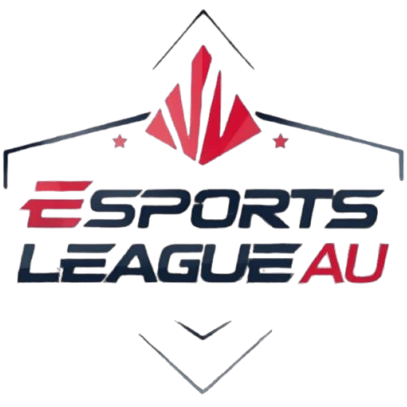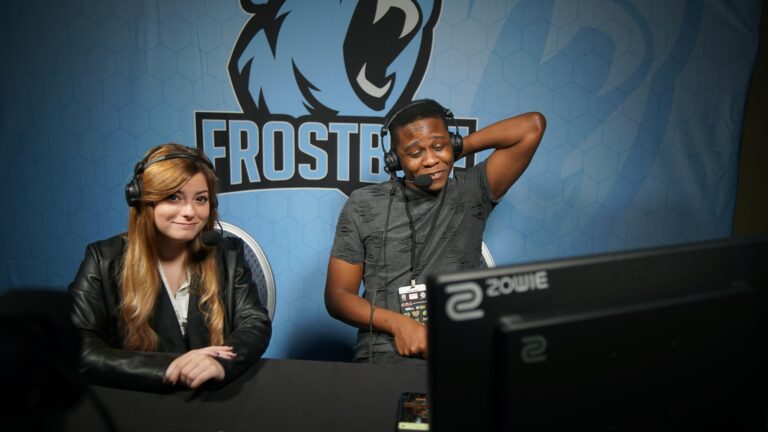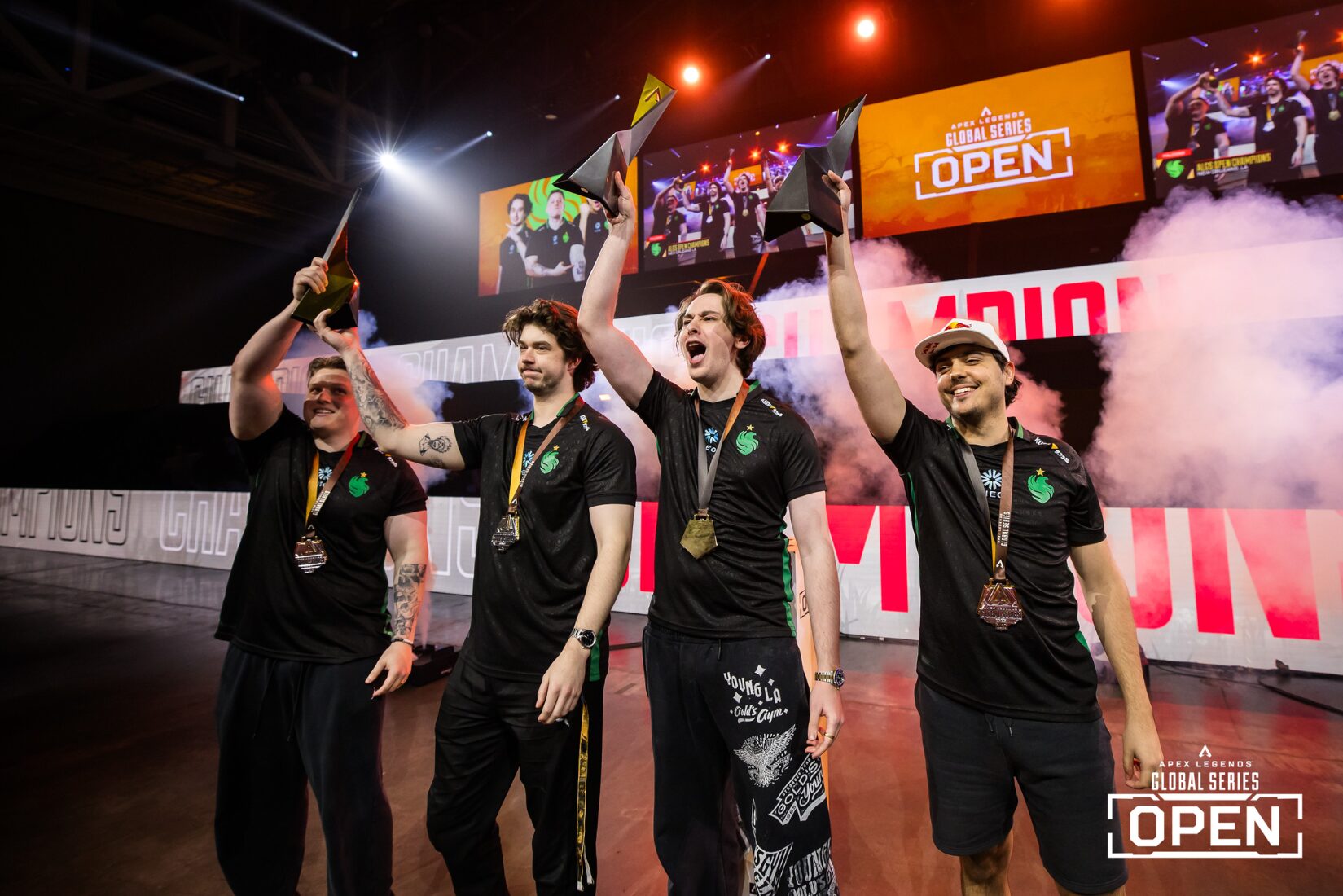
The ALGS 2025 prize pool has quickly become one of the most discussed topics in the Apex Legends competitive scene. Esports, at its heart, is fueled by more than just player skill and team rivalries — the money on the line often dictates how competitive ecosystems grow, which organizations commit long-term, and how players build their careers. This year, Apex Legends has entered a pivotal moment, launching its fifth year of the Global Series with bigger numbers, a more refined structure, and audiences eager to see how the financial backing translates into global competition. The season calendar is stacked with events such as the Year 5 Open in New Orleans, the Midseason Playoffs, regional Pro Leagues, and the highly anticipated Championship. Together, they provide both a competitive framework and a clear financial ladder for players to chase.
Quick Look
The ALGS 2025 Season
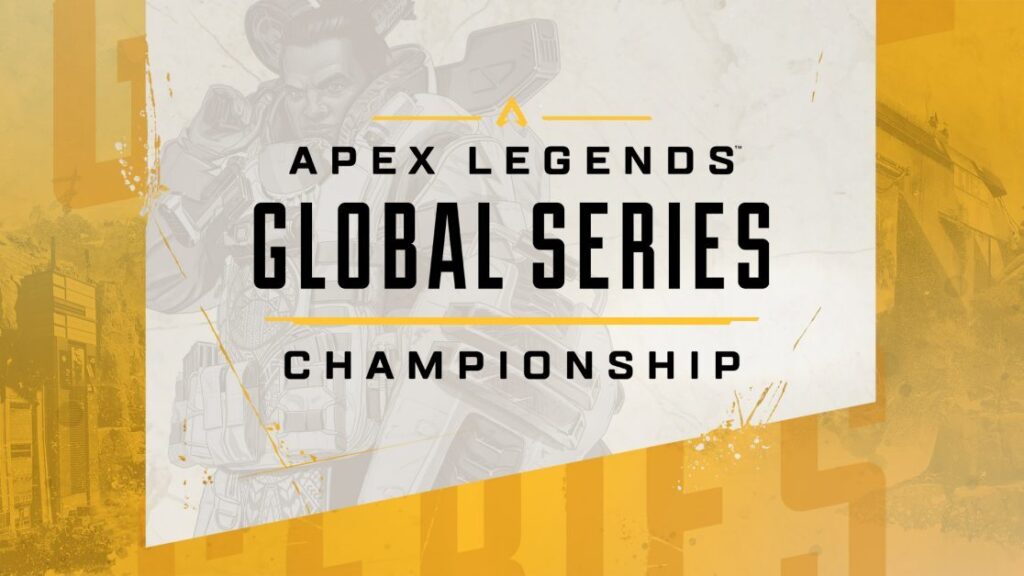
Source: EA
The Apex Legends Global Series (ALGS) in 2025 is designed to showcase stability while keeping competition fierce. Unlike earlier years, where the format felt experimental, the Year 5 ecosystem brings more clarity for teams and fans. Championship Points remain at the center of qualification, and the year’s biggest LAN events serve as defining milestones.
- Year 5 Open (May 1–5, 2025, New Orleans): This event was historic for Apex, bringing together 160 teams in what is now recognized as the largest tournament the game has ever hosted. The format used double elimination leading into a Match Point Finals, a system known for creating both tension and unpredictability. The venue, the Ernest N. Morial Convention Center, was packed with fans and featured exclusive merchandise drops, from Nessie hoodies to collector’s shirts. The $1,000,000 prize pool was spread across placements, with Team Falcons emerging as champions. ImperialHal claimed MVP honors, and Alliance, Al Qadsiah, 100 Thieves, and Shopify Rebellion also secured advancement. From a broadcast perspective, peak viewership reached 250,000, while hours watched totaled 4.6 million, a figure bolstered by multilingual coverage and major streamers like NiceWigg hosting watch parties.
- Midseason Playoffs (Dates TBA): Building on the momentum of the Open, the playoffs will feature 40 qualified teams competing for another $1,000,000 pool. The event is widely viewed as the proving ground before the Championship, setting expectations for which regions and rosters are in top form heading into the back half of the season.
- Pro Leagues 2025: Each region — Americas, EMEA, APAC North, and APAC South — has its own Pro League competitions, with a combined $500,000 pool. These leagues not only provide earnings for consistent teams but also decide which squads secure slots for LAN qualification. For many rosters, this is where financial stability meets competitive opportunity.
- ALGS Championship 2025: The season-ending finale remains the crown jewel. While prize pool details are not yet finalized, expectations are high for another multi-million-dollar distribution, likely in the range of $2 million based on past editions. The Match Point format is expected to return, a system that has defined Apex Legends’ most dramatic Championship moments.
Prize Pool Growth
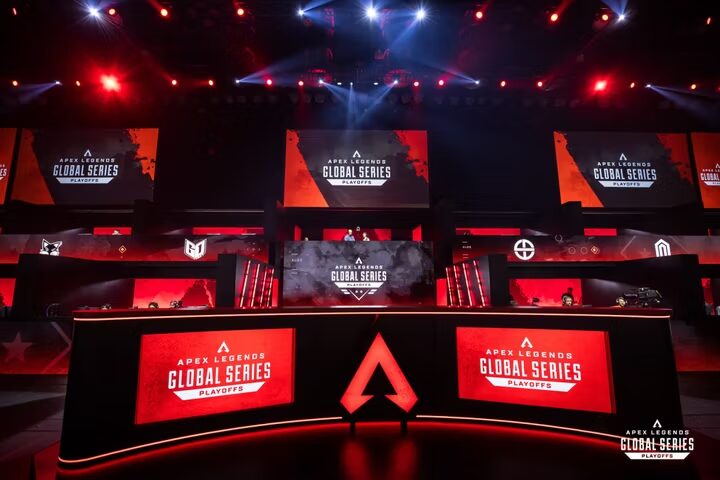
Since 2019, the ALGS has seen its prize pool structure evolve from modest beginnings into a global esports fixture. Championships in 2022–2024 demonstrated that Apex could draw consistent funding, with 2024’s Championship offering $2M, cementing the event as one of the year’s highlights. By comparison, the 2025 Open’s $1M pool already sets a significant benchmark, positioning the season as one of the most financially robust in Apex history.
In a broader esports context, Apex may not yet rival the likes of Dota 2’s The International, which once reached tens of millions, but it remains competitive with modern titles such as Valorant and Call of Duty. Apex’s prize pools may not always grab headlines for sheer size, but the consistency and balance of payouts are noteworthy. This ensures that organizations remain invested and that players see long-term viability in competing. In other words, Apex Legends is building a sustainable economy rather than chasing unsustainable spikes.
Beyond the Global Series
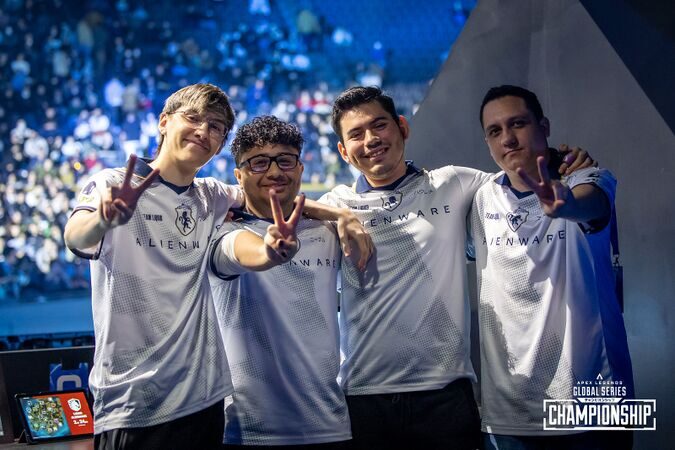
Although ALGS is the backbone of competition, 2025 has also seen the rise of third-party events and grassroots tournaments that add both variety and opportunity to the calendar.
- The Delta Force Invitational 2025 showcased non-ALGS action, with Q9 taking top honors and early-season prize announcements drawing interest.
- Twitch Rivals and community-driven events continue to provide competitive but casual opportunities for squads outside the top tier. These tournaments may not have million-dollar payouts, but they are vital for maintaining a broad competitive base.
- The Challenger Circuit remains a structured path-to-pro ecosystem. With its own prize pools, it ensures that semi-pro teams can earn recognition, financial support, and potential entry into ALGS events.
- Esports organizations like Team Liquid and Natus Vincere contribute by hosting show matches and exhibition events, which serve as both brand activations and competitive showcases.
Together, these competitions create a layered ecosystem where prize pools aren’t only reserved for the elite — they are spread across different levels of play, reinforcing Apex’s long-term growth.
Teams, Players, and Fan Engagement Around Prize Money
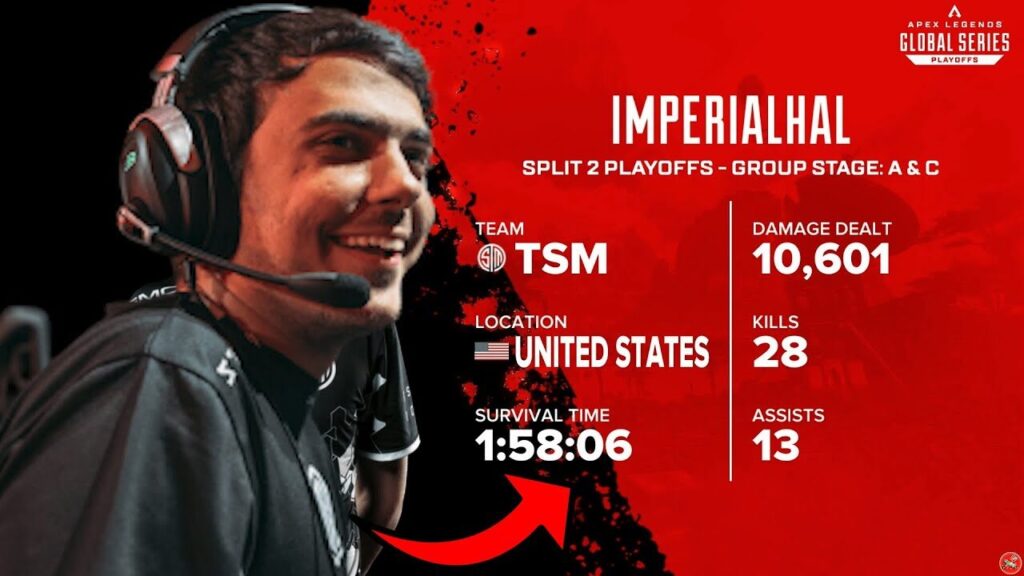
Money in esports isn’t just numbers on paper — it becomes the context for team narratives and fan culture. Team Falcons currently lead the 2025 storylines after their victory in New Orleans, while Alliance, 100 Thieves, Al Qadsiah, and Shopify Rebellion have all proven their consistency. Meanwhile, Natus Vincere, the reigning 2024 champions, had a disappointing 38th-place finish at the Open, underscoring how volatile the scene can be.
Star players also carry the weight of prize pool discussions. ImperialHal’s MVP performance added to his legacy, reinforcing why he remains one of the most recognizable figures in Apex. At the same time, newer talents from APAC and EMEA are starting to break into the spotlight, signaling that regional diversity is stronger than ever.
Fans, both online and offline, are an inseparable part of the ecosystem. The Open’s English-language broadcasts drew the largest audience share, but Japanese streams also surged in popularity. Streamers like NiceWigg extended the event’s reach through co-streams, while FACEIT’s interactive multiview broadcast gave fans the ability to customize how they experienced matches. At the venue itself, merch drops like the Nessie hoodie and ALGS apparel turned competition into lifestyle, showing how esports culture is merging seamlessly with fan identity.
Conclusion: Looking Ahead at Apex Legends and the 2025 Prize Pools
From the $1M Open in New Orleans to the upcoming Playoffs and the expected multi-million-dollar Championship, the ALGS 2025 prize pool is shaping not only tournaments but also the future of Apex Legends as a competitive esport. The consistency of funding, the growth of regional competitions, and the integration of community-driven events highlight how far the game has come since 2019. If trends continue, Apex Legends could solidify its reputation as one of the most stable and engaging competitive ecosystems in the esports landscape. For players, teams, and fans, 2025 is proving that prize pools remain the foundation upon which legends are made.
